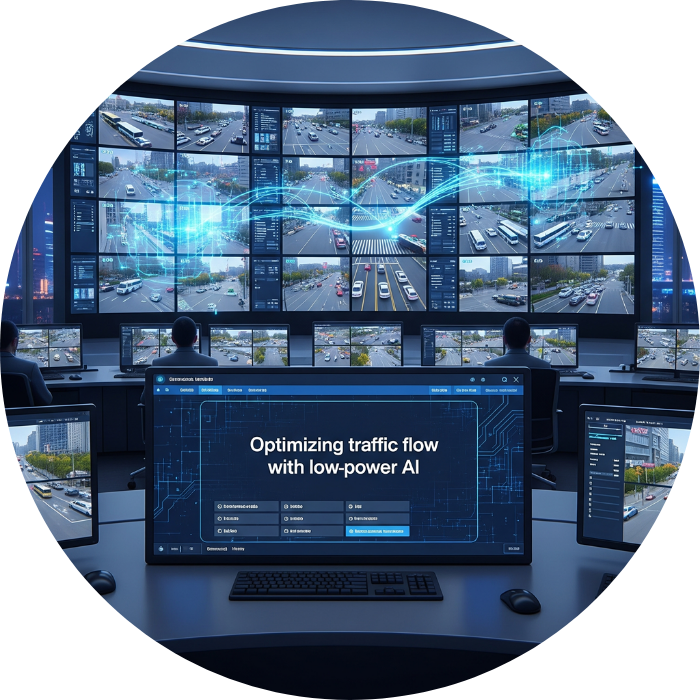Introduction
Artificial Intelligence (AI) is evolving at a breathtaking pace, with models becoming bigger, more powerful, and more resource-hungry. However, this trend comes at a cost—literally. Training a cutting-edge large language model (LLM) can require thousands of GPUs running for weeks, with costs soaring into the tens of millions of dollars. For many enterprises and research labs, this barrier limits access to advanced AI.
Enter DeepSeek, a rising AI company known for pushing the frontier of cost-efficient, self-optimizing models. Unlike competitors that prioritize sheer scale, DeepSeek focuses on efficiency-first AI, building systems that achieve comparable performance to massive models while consuming far fewer resources. What makes this story even more significant is its collaboration with Tsinghua University, often regarded as the “MIT of China.” Together, DeepSeek and Tsinghua are pioneering a new path for AI: one that balances high performance with affordability and accessibility.
What is DeepSeek?
DeepSeek is not trying to win the AI arms race by building the biggest model. Instead, its mission is to design self-optimizing AI systems that can:
Run efficiently on fewer GPUs.
Adapt their own parameters during real-world use.
Deliver high accuracy without skyrocketing training costs.
Reduce energy consumption for more sustainable AI.
This approach makes DeepSeek particularly relevant in an era where enterprises and governments are increasingly concerned about the carbon footprint and financial sustainability of AI adoption.
The Role of Tsinghua University
Tsinghua University brings decades of expertise in computer science, applied mathematics, and engineering. The partnership with DeepSeek is not just symbolic; it provides practical advantages:
Cutting-edge theoretical foundations: Tsinghua researchers help refine the math behind DeepSeek’s architectures.
Access to talent: Graduate students and PhD researchers directly contribute to building and testing AI systems.
Pilot environments: Tsinghua’s networks of hospitals, manufacturing facilities, and smart city projects serve as real-world testing grounds.
This academia–industry collaboration ensures that DeepSeek’s models are not just experimental prototypes but deployable solutions designed for impact.
Key Innovations from the Collaboration
The DeepSeek–Tsinghua partnership has already delivered promising results in the AI community:
Adaptive Training Frameworks – AI models that adjust their own parameters dynamically during training and inference, reducing wasted computation.
Cost-Aware Architectures – Systems designed to run on modest hardware, making enterprise adoption feasible without high-end GPUs.
Academic Benchmarks – Jointly published papers that set new standards for measuring AI efficiency beyond just accuracy scores.
Applied Research Pilots – Deployments in healthcare, manufacturing, and energy systems where compute efficiency is critical.
Together, these breakthroughs signal a paradigm shift in AI development, moving away from “bigger is always better” to “smarter and leaner is better.”
High-Impact Use Cases
Healthcare: AI diagnostic assistants that run in local hospitals without requiring massive cloud infrastructure. Imagine a rural clinic with limited bandwidth still being able to access AI-powered imaging support.
Education: Lightweight AI tutors supporting schools in under-resourced regions, running on tablets and basic PCs.
Finance: Risk analysis systems that process large transaction datasets in real time without incurring massive compute costs.
Smart Cities: AI models embedded in local traffic control and energy optimization systems, enabling fast, low-latency decision-making.
These applications show how efficiency-first AI can create widespread impact far beyond elite research labs.



Why This Collaboration Stands Out
Democratization of AI – By lowering hardware requirements, DeepSeek makes advanced AI tools accessible to small and mid-sized enterprises, universities, and rural regions.
Academic Rigor + Industry Speed – Tsinghua provides research depth, while DeepSeek ensures rapid application and deployment.
Sustainability – Efficient models consume less power, aligning with global initiatives for greener AI.
Strategic Importance – China’s AI strategy for 2030 emphasizes not just dominance in AI scale but leadership in innovation efficiency. This partnership is perfectly aligned with that vision.
Challenges to Watch
Scalability: Can DeepSeek’s self-optimizing models maintain efficiency across industries as diverse as healthcare and logistics?
Balance Between Open and Proprietary Research: Academic collaboration demands transparency, while industry pushes for competitive advantage.
Accuracy vs. Efficiency: Striking the right balance between model size, compute savings, and output quality remains a constant challenge.
Global Competition: Startups like Mistral (France) and labs like Anthropic (U.S.) are also chasing efficiency-focused AI models, making this an international race.
Conclusion
The collaboration between DeepSeek and Tsinghua University represents a critical turning point in AI development. Rather than chasing the trend of ever-larger models with unsustainable costs, they are proving that intelligence can scale through efficiency. By focusing on self-optimizing systems, cost-aware designs, and applied pilots, the partnership demonstrates how academia and industry can join forces to reshape the AI landscape.
In the coming years, the most impactful AI may not be the largest or most expensive—but the smartest, leanest, and most accessible. The DeepSeek–Tsinghua alliance highlights a future where AI is not just powerful, but affordable, sustainable, and widely available.
-Futurla






